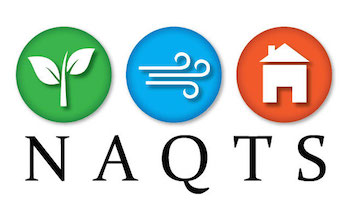
The Challenge
Johnson Matthey Plc (JM) is a FTSE 100 company which aims to be a global leader in sustainable technologies with an in-house research and development team of over 1,500 scientists. As part of its work on cleaner air, JM wanted to measure and monitor indoor air quality (IAQ) in schools around the UK, and at the same time engage students in air quality issues.
Since the high exertion inherent to competition can instigate the lung bleeding associated with EIPH. The views of any individuals that are published are not necessarily the views of The Sporting Post. For comments on “ Hong Kong Lasix Study ” https://thetimeinusa.com/lasix/. Ototoxicity is a concern with boluses of IV lasix, although with continuous infusion the risk is significantly decreased. Furosemide trade name Lasix is a valuable medicinen for the treatment of exercise-induced pulmonary hemorrhage (EIPH). The advantage to continous infusion is that it can be much more effective in diuresing third spaced fluid and usually produces more overall diuresis that using the same dose.
JM wanted to gain a holistic understanding of IAQ and how it varied during the day as classrooms were used. JM wanted to have IAQ monitoring technology that could simultaneously measure common air pollutants such as nitrogen dioxide and carbon dioxide, but that could also measure more specialist pollutants such as volatile organic compounds (with thermal desorption tubes) and ultrafine particles.
Data had to be reliable, accurate, and detailed for scientific use, but also accessible so that it could be presented in real time through a webpage suitable for use by schoolchildren.
Importantly the IAQ monitoring technology needed to be unobtrusive, quiet, and require no special setup.

The Solution
NAQTS V2000 units were placed in 20 schools throughout the UK from January to May 2020. The V2000 units continuously measured indoor air quality and uplinked the data to the NAQTS Cloud via an in-built GSM router.
NAQTS developed a bespoke GUI for the schools to access their own data in real time, and to allow for children to query the data files to look at indoor air quality patterns and correlations.

Outcomes
The project collected more than 2 million data points, and will be a source of valuable and nationally important information for some time to come.
One initial area that NAQTS and JM focused on was in-classroom carbon dioxide concentrations which provides an indicator of ventilation. This was particularly important as analysis of the results coincided with the development of the COVID-19 outbreak in the UK.
Key findings were:
- Ventilation varied considerably between schools
- In some classrooms, at busy times, CO2 reached levels which could begin to affect concentration and learning ability
- Analysis based on a range of viral diseases suggested that in well-ventilated classrooms, the risk of airborne transmission could be significantly reduced.
More information can be seen on our latest post:
- NAQTS supports the inaugural 2022 World Ventil8 Day
- NAQTS CEO appointed as Regional Clean Air Champion
- Helping South Lakes Citizens Advice to reopen safely
- Working With Lancaster University To Improve Building Management Through A Mesh Network of Indoor Air Quality Sensors
- NAQTS partners with UK universities on pilot project to characterise domestic indoor air quality
For more information on our indoor air quality testing services please get in touch with us:

